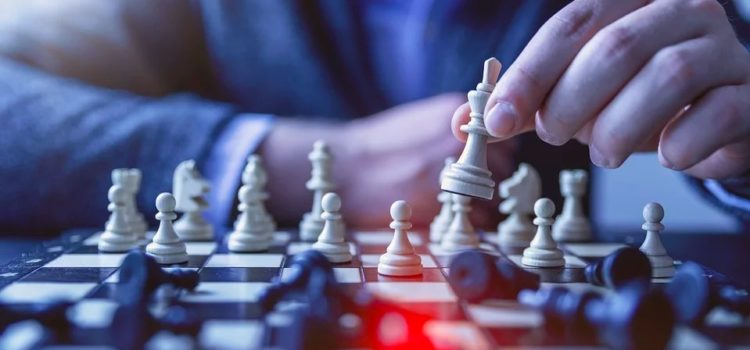Do you want to know how to fight and win the spiritual battles of life? What advice can help you do this? According to Jennie Allen, everybody is fighting their own inner spiritual battles. This could be due to fear, pride, self-pity, complacency, and other emotional obstacles. Understanding how to fight and win the spiritual battles of life will help you gain control over your thoughts and avoid negative spirals. Here’s Jennie Allen’s advice for how to fight and win the spiritual battles of life, from her book Get Out of Your Head.
How to Fight (and Win) the Spiritual Battles of Life










